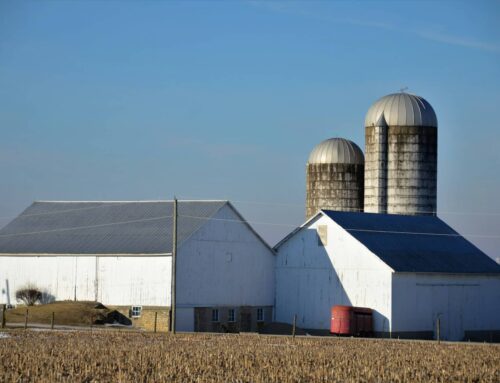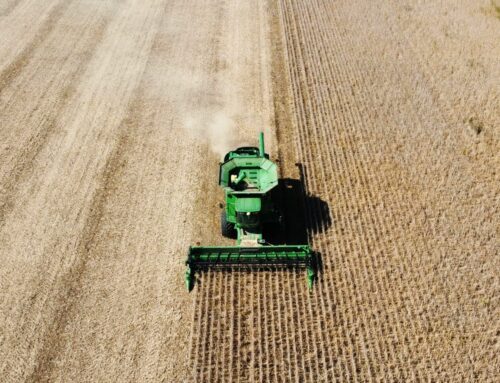Outdated and ineffective farm policies waste billions of federal funds each year, jeopardize fragile lands and waters and no longer reflect the realities of 21st century agriculture. Essentially unchanged since being created in the 1930s as temporary assistance measures during the Great Depression, current farm policies do not address the needs of the majority of America’s farmers, rural communities, consumers, or taxpayers and harm our environment. Billions of dollars are funneled each year to an increasingly small number of large farming operations, while the majority of farmers and rural residents receive almost no assistance. The cuts below, along with a reformed sustainable agriculture policy that more effectively and efficiently allocates federal resources, will save taxpayers billions and help restore environmental balance to our farmland.
Total Cut – Agriculture: $110 billion
Volumetric Ethanol Excise Tax Credit (VEETC)
Cut (over ten years): $66 billion
VEETC is the largest direct subsidy to corn ethanol. The tax credit was created more than 30 years ago in response to U.S. oil shortages. VEETC exempts the ethanol portion of gasoline blends from gasoline excise taxes and establishes a tax credit for ethanol use. This massive subsidy does not go to family corn farmers or even agro-businesses or ethanol producers. Instead, the benefits go almost entirely to oil companies, such as Shell Oil, that blend the ethanol with traditional fuel. Currently worth 45 cents per gallon of ethanol blended with gasoline, eliminating VEETC could save taxpayers more than $66 billion.
Market Access Program
Cut: $2 billion
The Market Access Program should be cut entirely. Since its inception more than two decades ago, the Market Access Program has spent $3.4 billion of taxpayer money subsidizing ad campaigns for corpora-tions like McDonalds, Nabisco, Fruit of the Loom, and Mars
Commodity Crops
Cut (over ten years if subsidies reduced by 80%): $42 billion
A handful of commodity crops receive the majority of government subsidies, and the majority of these subsidies flow to corporate farms. Corn, cotton, wheat, rice, and soybeans rack up 90 percent of the commodity crop subsidies, while fruit, vegetable and nut producers are left with the scraps. Instead of supporting a struggling family farm or promoting rural development, these subsidies end up as windfall profits for the wealthiest and largest agro-corporations and crowd out funding for agriculture related conservation programs.
Note: Figures from USDA Commodity Estimates Book, FY2012 President’s Budget, U.S. Energy Information Administration.










